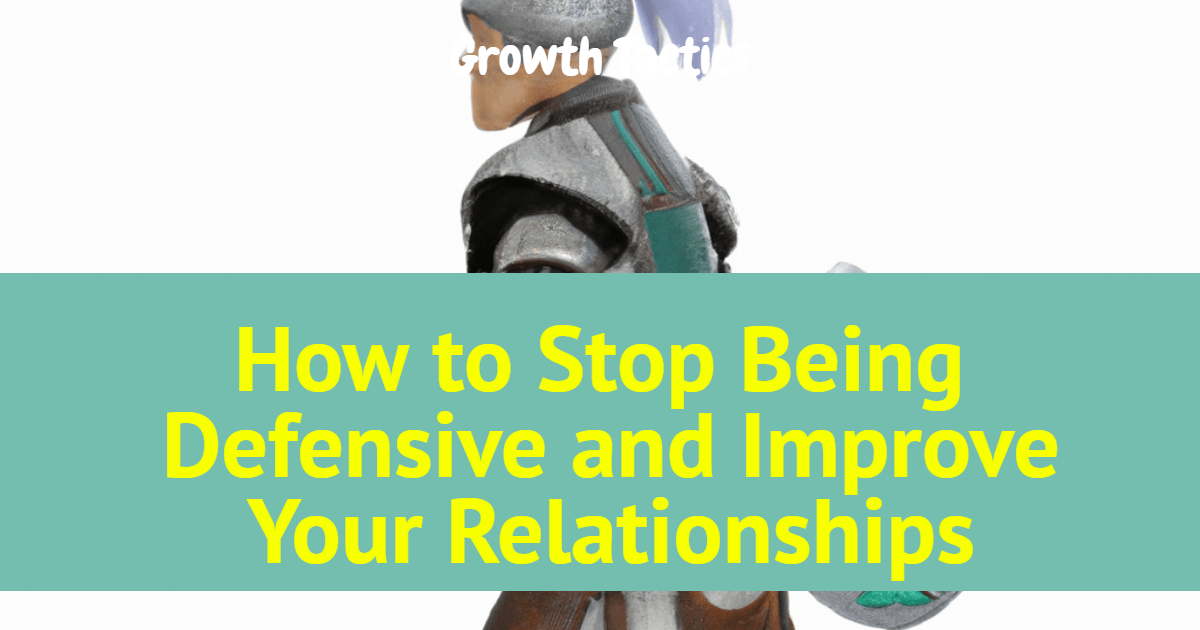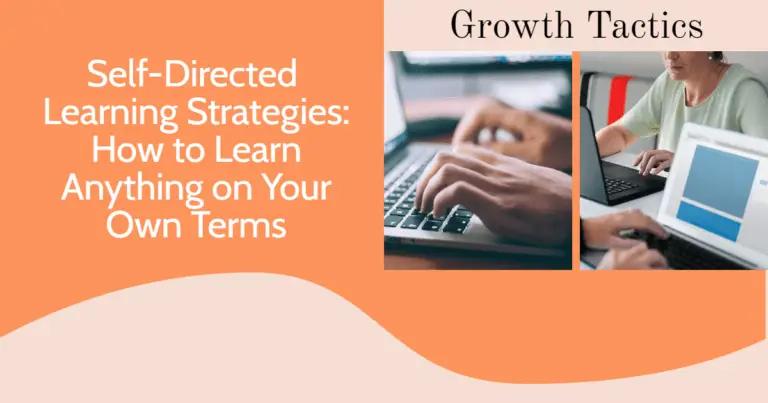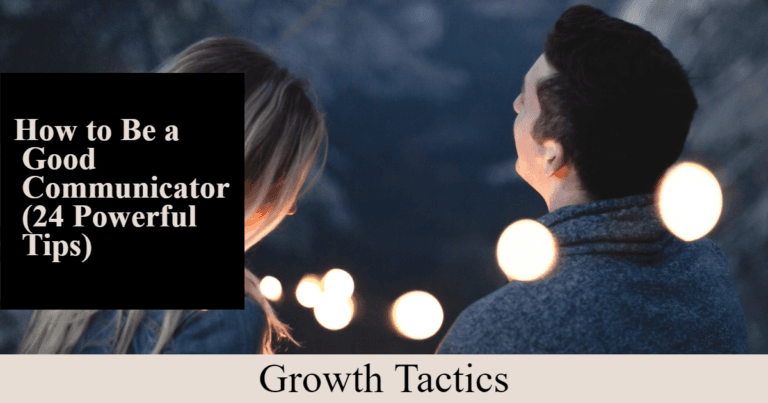Feeling on edge in conversations can hurt our connections with others. Defensiveness creates walls. However, breaking down these walls can lead to better relationships, improved communication, and personal growth. Here’s how to stop being defensive.
Jump To Section
Understanding Defensiveness
What is defensiveness? It’s a guard we put up when we feel attacked. It stops us from hearing others. Recognize when you get defensive. It’s the first key to change.
When you feel attacked, your body goes into fight-or-flight mode. You might feel your heart race, your palms sweat, and your muscles tense up. These are all signs that you’re getting defensive.
The Impact of Defensive Behavior
Turning Small Problems into Big Conflicts
Defensive reactions have a way of escalating minor misunderstandings into major conflicts. By jumping to defend ourselves, we close off the opportunity for constructive dialogue.
Rather than focusing on identifying and solving the underlying issue, defensiveness shifts the goal to winning the argument, which only serves to prolong and intensify the disagreement.
Blocking Effective Communication
Being defensive also severely hampers our ability to listen. When we are formulating a counterargument instead of processing what the other person is saying, we fail to genuinely engage with their perspective. This lack of true listening can cause the other party to feel dismissed and devalued, potentially leading to greater frustration and deeper conflict.
Hindering Self-Reflection and Growth
Another crucial impact of defensive behavior is its ability to blind us to our contributions to a problem. Admitting faults or recognizing our mistakes is challenging when we are in a defensive stance.
Yet, it is through such admissions that we learn and grow. Understanding our tendencies towards defensiveness enables us to pause and consider the validity of the feedback we receive, rather than dismissing it outright.
Choosing Response Over Reaction
Opting to respond thoughtfully rather than react impulsively reflects a high degree of emotional intelligence. It demonstrates a willingness to control our initial impulses, take a step back, evaluate the situation calmly, and decide on the most constructive way to move forward. Implementing this approach can lead to more effective problem resolution, enhance our interactions, and strengthen our relationships over time.
The negative effects of defensive behavior ripple outwards, affecting not just the immediate situation but our broader relationships and personal development. Recognizing when we’re becoming defensive and actively choosing to adopt a more open and constructive response can fundamentally transform the nature of our interactions.
Strategies to Overcome Defensiveness
Adopting a Growth Mindset
With a growth mindset, you perceive challenges as opportunities to develop and enhance your abilities. It is about appreciating the process rather than fixating on the outcomes. By adopting this mindset, you become more receptive to feedback, whether positive or negative. It allows you to see beyond the immediate discomfort of criticism and focus on the potential for self-improvement it offers.
When you stop insisting on being “always right,” you lower your defenses and engage more openly with others. Encouraging this kind of personal growth helps to dissipate feelings of defensiveness and fosters a more collaborative environment.
Increasing Self-Compassion
Self-compassion is about treating yourself with the same kindness and understanding that you would offer to a friend. It involves acknowledging your struggles and giving yourself permission to be imperfect.
This kind of self-empathy can serve as an emotional buffer, softening the impact of criticism. When you practice self-compassion, you’re less likely to feel threatened by feedback and more likely to engage with it constructively. Reminding yourself that everyone makes mistakes can help you approach situations with a more open heart and less defensiveness.
Anticipating Defensive Triggers
We all have certain topics or issues that make us more likely to react defensively. By recognizing these triggers in advance, you can mentally prepare yourself to deal with them more effectively.
For instance, if you know that discussions about work performance make you defensive, you can plan ahead by thinking of ways to respond more calmly. Preparing for these situations can reduce the intensity of your defensive reactions and help you to remain composed.
Practicing Good Intentions Interpretation
Assuming others have good intentions can significantly reduce the likelihood of getting defensive. When someone offers feedback or a differing opinion, try to interpret it as coming from a place of helpfulness rather than criticism.
This perspective shift can alter the entire dynamic of the interaction, preventing defensiveness by fostering a sense of goodwill and cooperation. It’s not always easy to do, especially if trust has been compromised in the past, but it’s a valuable strategy to strive for.

Effective Communication Techniques
Clear and open communication is essential to preventing defensive behavior. Expressing yourself honestly and directly, without casting blame, can diffuse potentially defensive situations.
It’s equally important to actively listen to others without interrupting or planning your rebuttal while they speak. When feedback is given, take the time to reflect on it before responding. These techniques encourage respect and understanding, making it easier to resolve conflicts without resorting to defensiveness.
Use “I” Statements to Express Feelings
Using “I” statements allows you to express your feelings without casting blame. Instead of saying “You make me feel,” you can phrase it as “I feel when,” which helps to communicate your emotions and perspective without implying that the other person is the cause. This method reduces the likelihood of the other person becoming defensive in response to your words.
Learn to Pause and Reflect
When confronted with a situation that triggers defensiveness, take a moment to pause. Use this time to reflect on why you’re feeling defensive and whether there is merit to the other person’s comments. This deliberate pause can help to dampen immediate emotional responses and provide an opportunity for rational thought.
Seek Clarification
Before jumping to conclusions and getting defensive, ask questions to clarify the other person’s point of view. It shows that you are listening and genuinely want to understand their perspective. It can also provide insight into their feedback, which might not be as negative as you initially perceived.
Focus on the Issue, Not the Person
Concentrating on the specific issue rather than the individual delivering the message is vital. This focus prevents the conversation from becoming personal, which is often where defensiveness gains a foothold. Discussing the issue in a detached manner allows for a more objective and less defensive dialogue.
Set Boundaries
Knowing your limits and communicating them clearly can prevent situations where defensiveness is likely to arise. If certain topics or manners of speaking are not acceptable to you, make those boundaries known. It can help others understand how to approach you with feedback or criticism more effectively.
Focus on Solutions, Not Problems
When discussing potential issues, shift the focus to finding solutions rather than dwelling on problems. This positive approach encourages a collaborative effort, reduces the need for defensiveness, and often leads to productive outcomes.
Build Trust
Fostering trust in your relationships can create an environment where defensiveness is less needed. When there is mutual trust, there is an underlying belief that feedback is given in the spirit of improvement and care, not malice.
Engage in Mindfulness and Stress-Reduction Techniques
Defensiveness can often be a symptom of underlying stress or anxiety. Engaging in mindfulness practices, such as meditation or deep-breathing exercises, can help you maintain a sense of calm and presence during potentially defensive scenarios. Reducing stress can make you more emotionally resilient and less prone to defensive reactions.
Reflect on Past Experiences
Sometimes defensiveness stems from past experiences where you might have felt criticized or undervalued. Reflecting on these experiences and understanding how they shape your current behavior can help you address the root cause of your defensiveness.
Get an Outside Perspective
Talking with a neutral third party, such as a friend or a counselor, about situations where you were defensive can offer new insights. They may help you see the situation in a different light and suggest alternative ways of responding that are less defensive and more productive.
By practicing these strategies, you can dismantle the automatic defensiveness that can arise in difficult conversations. Doing so not only improves your interactions with others but can also pave the way to a more self-aware and harmonious way of living.
Implementing Change: A Step-by-Step Guide
Implementing change, particularly in how we react to feedback or stress, is a gradual process that requires patience and persistence. Here’s a step-by-step guide to help you make positive changes in overcoming defensiveness:
Step 1: Acknowledge the Need for Change
The first step is to recognize that defensiveness is a barrier to personal growth and healthy communication. Awareness is key; without acknowledging that there is a problem, change cannot begin.
Step 2: Self-Reflection
Take time to reflect on situations where you reacted defensively. Ask yourself what triggered your response. Was it the tone of the feedback, the person giving it, or the setting you were in? Understanding these triggers can help you prepare for a different reaction in the future.
Step 3: Set Goals
Based on your reflection, identify specific goals related to managing defensiveness. These can be small, such as pausing before responding in a conversation, or more significant, like practicing active listening in all your interactions.
Step 4: Plan Your Approach
Determine the steps you need to take to achieve your goals. For instance, you might decide to:
- Count to five before responding to criticism.
- Use “I” statements to express your thoughts and feelings.
- Practice mindfulness to help you stay calm and focused.
Step 5: Start Small
Implement your plan in stages. Begin with less challenging situations where you can practice your new strategies with a lower risk of slipping into old patterns. As you build confidence, apply these strategies in more difficult conversations.
Step 6: Recognize Your Defensive Moments
As you work on implementing change, pay attention to the moments you become defensive. Acknowledging these instances as they happen can help you to regain control and choose a different reaction.
Step 7: Choose a Different Path
When you catch yourself feeling defensive, consciously choose to use the new strategies you’ve planned. Remind yourself of the positive outcomes you’re aiming for, such as better understanding, improved relationships, and personal growth.
Step 8: Learn From Setbacks
If you slip back into defensiveness, don’t be too hard on yourself. Change is challenging, and setbacks are part of the process. Instead of giving up, use them as learning opportunities to understand what went wrong and how you can improve.
Step 9: Celebrate Progress
Recognize and celebrate the progress you make, no matter how small. Each successful instance of managing your defensiveness is a step towards the change you wish to see in yourself. Celebrations can be small rewards or simply taking a moment to acknowledge your efforts.
Step 10: Stay Committed and Keep Refining
Change takes time, so commit to the long haul. Continuously evaluate your progress and refine your approach as needed. As you become more adept at managing defensiveness, consider setting new goals that build on your success.
Step 11: Seek Support
Change can be easier with support from others. Whether it’s a trusted friend, family member, or professional counselor, having someone to talk to can provide encouragement and offer objective perspectives on your progress.
Remember, implementing change is a journey, and each step, no matter how small, is a move in the right direction. Stay patient, stay positive, and continue to aim for better outcomes.
Conclusion
Less defensiveness means more room for growth and connection. Use these steps to foster stronger bonds.
Now it’s your turn. Think about your defensive moments. Try out these tips. Share your journey with us. Together, we can learn to respond, not react.








